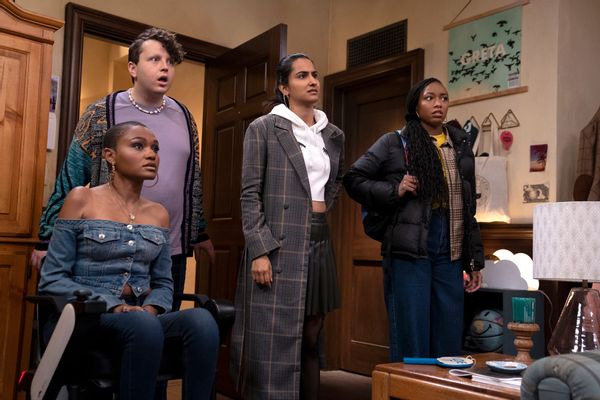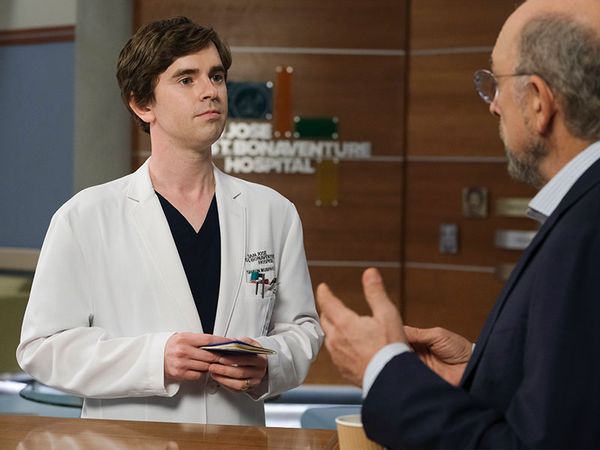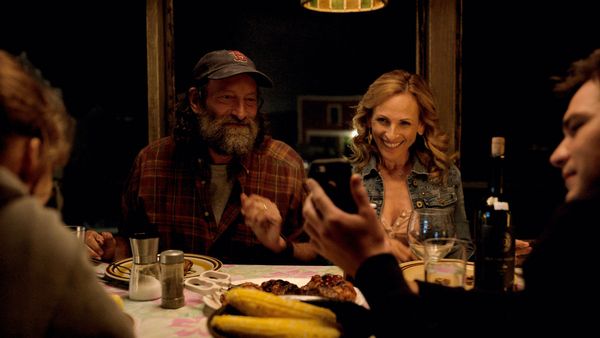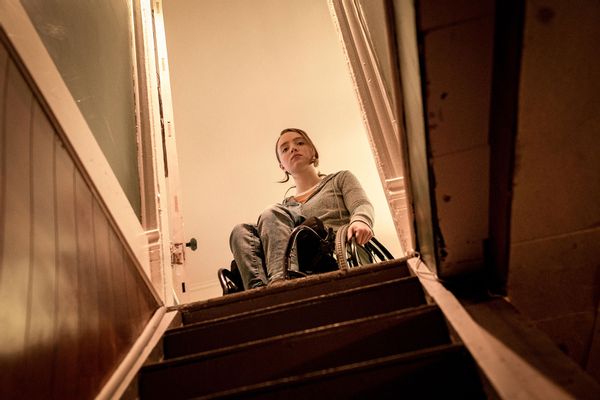
On the 33rd anniversary of the passing of the Americans with Disabilities Act, it is important to reflect on how disabilities are portrayed in films and TV series. Characters with a mix of visible and invisible disabilities have been featured, and there has been a greater effort to have disabled actors be cast authentically. Considering that 27% of adults in the U.S. identify as having some type of disability, it is astonishing that disabled characters are not featured more prominently in films and TV series.
Many Hollywood films that showcase disabled characters tend to play on the ignorance of the non-disabled audience or toward stereotypes. Characters with disabilities are often cast as villains, superpowered by disability, victims, the butt of a joke or simpletons rather than fully realized humans. They are often meant to be pitied, cheered on for triumphing against adversity, exploited or used to educate an able-bodied individual and make a non-disabled hero "better."
It has not gone unnoticed that able-bodied actors portraying characters with disabilities often win or get nominated for Oscars (see: "Sound of Metal," "Rain Man"), whereas only three disabled performers have ever won Academy Awards: Troy Koster for "CODA," Marlee Matlin for "Children of a Lesser God," and Harold Russell for "The Best Years of Our Lives."
That said, there has been an uptick in positive representations.
Deaf actor James Caverly, who plays Theo Dimas in "Only Murders in the Building." One of the best episodes in Season 1 was told from his perspective, and he's a recurring character who'll return in the third season in August. In addition, series lead Selena Gomez has non-visible disabilities. Her recent documentary, "My Mind & Me" addressed her mental illness diagnosis.
Meanwhile, Lauren "Lolo" Spencer, who has ALS, can currently be seen as Jocelyn on Mindy Kaling's Max series, "The Sex Lives of College Girls." She has played authentically written film and TV roles, most notably in her breakout performance in "Give Me Liberty" as Tracy, who gets involved with her paratransit driver.

There is also a deaf superhero, Makkari (deaf actress Lauren Ridloff), in "The Eternals."
Surprisingly, some consider "Game of Thrones" to be one of the best series to feature characters with disabilities. Colleen Donnelly, a Professor of English, Health Humanities, and Disability Studies at the University of Colorado Denver, appreciates that the show "ran the gamut" in its representation. At the top was Peter Dinklage's Tyrion, a dwarf and a three-dimensional character who provided a positive display of disability. (Author George R.R. Martin reportedly had Dinklage in mind when he wrote Tyrion).
"He was mean, smart, funny, dastardly and more. That issue of full representation is important. His brother Jaime gets his hand amputated, and he doesn't deal with it well. There is a 'woe is me' feeling. You see [Jaime] struggle with it. But he works through it," Donnelly said, adding that the show also had negative portrayals and characters who are ostracized because of their disabilities, such as the Stone Men, who have a debilitating skin disease.
Other realistic and positive portrayals of disabled characters on TV include Walter White Jr. (Roy Frank "RJ" Mitte III) on "Breaking Bad," and JJ Dimeo (Micah Fowler) on "Speechless." Both series showed someone who has Cerebral Palsy. Donnelly praised "Speechless" for illustrating "how a family deal with it, and what it's like to go to school. It showed ablism and the issue of having to deal with the world."
In contrast, Donnelly notes that in the Marvel Cinematic Universe, the representation of disability in "Doctor Strange" is questionable. "They destroy timelines, so what you did wrong doesn't matter, and disabilities disappear because you go into a parallel universe. There is no culpability and no responsibility. None of your actions matter."
She has also seen Disney trending towards redeeming villainous characters who have disabilities and making them sympathetic, for example, in "Cruella" and "Maleficent."
Troubling are shows like "The Good Doctor," which take "one step forward and one step back." Adapted from a K-drama, the series stars neurotypical actor Freddie Highmore as an autistic surgeon. Beyond that casting, however, the series makes an effort to feature actors with disabilities, such as Dr. Clay Porter (Michael Patrick Thornton), who uses a wheelchair, and Dr. Danica Powell (Savannah Welch), an amputee. But another character, Audrey Lim (Christina Chang), who is paralyzed in one season, later learns that her disability may not be permanent. This "fantasy" narrative rankles the community.

What is crucial in Donnelly's eyes is not just disability representation on screen, but behind the scenes as well. There are not enough disabled writers in the writers' room or as producers or directors.
Hiring actors with disabilities who can advise about films and TV shows is essential, stresses Beth Haller, co-director of the Global Alliance for Disability in Media and Entertainment. "That kind of collaboration, where actors feel empowered enough to tell folks what's authentic, is important."
On "Switched at Birth," she noted that a scene depicting a closeup of deaf actor Sean Berdy getting fitted for a hearing aid was cut because the deaf community objected to "medicalizing a culture." ("Fixing" characters with disabilities if often seen as insulting to the disabled community.) She also reports that Marlee Matlin had it written into her contract for "CODA" that she would walk off the film if hearing people were hired to play her family.

"Run" depicts what Haller calls a "disability gain," that is, a positive aspect of disability. She observes, "Chloe can interact in the world where everyone thinks she can't. She 'MacGyvers' her way through the film. People with disabilities use adaptive equipment and they know how to adapt."
Haller acknowledges that many people in wheelchairs, like Chloe/Allen, have strong upper bodies and have had to get out of their wheelchairs and crawl. "Run" illustrates this in its action scene, when Chloe cleverly devises a plan to escape from a room that she is trapped in by maneuvering herself out the window, onto the roof and into another room in the house. When her wheelchair lift is inoperable, she figures out an alternate path. Allen also shows her dexterity with her wheelchair in another scene where she races out of a movie theater, across a street and into a pharmacy.

However, a film like "Champions," released earlier this year, despite being notable for featuring a cast of actors with intellectual disabilities and autism, the story mostly used them to educate the main character (Woody Harrelson), who is ordered to perform 90 days of community service by coaching disabled athletes.
Despite some poor examples of representation that trade in cliches and stereotypes, Haller is optimistic that things will continue to improve, stating, "We are doing a better job than most" towards creating understanding about people with disabilities. Then she adds, "But it's still not enough."







